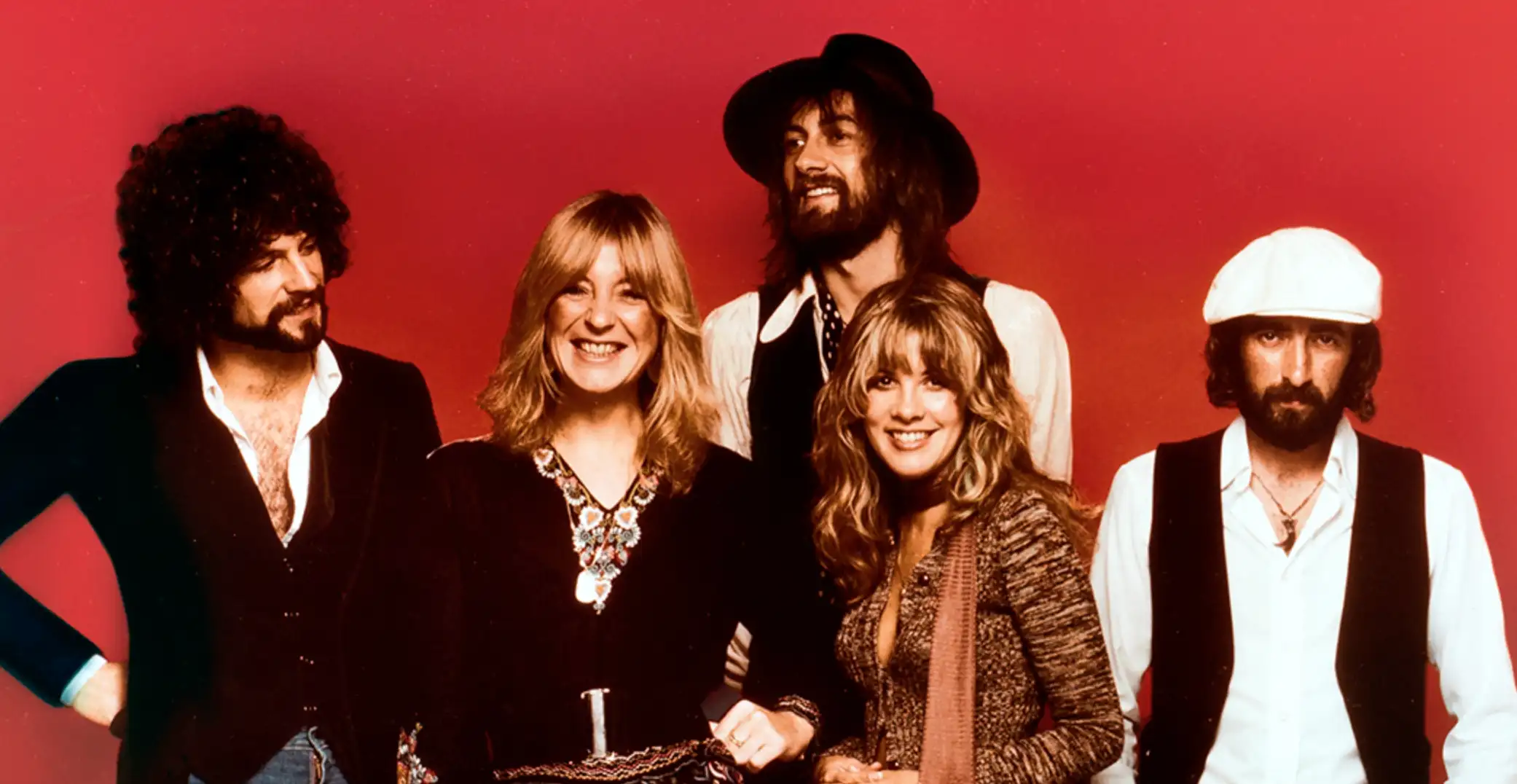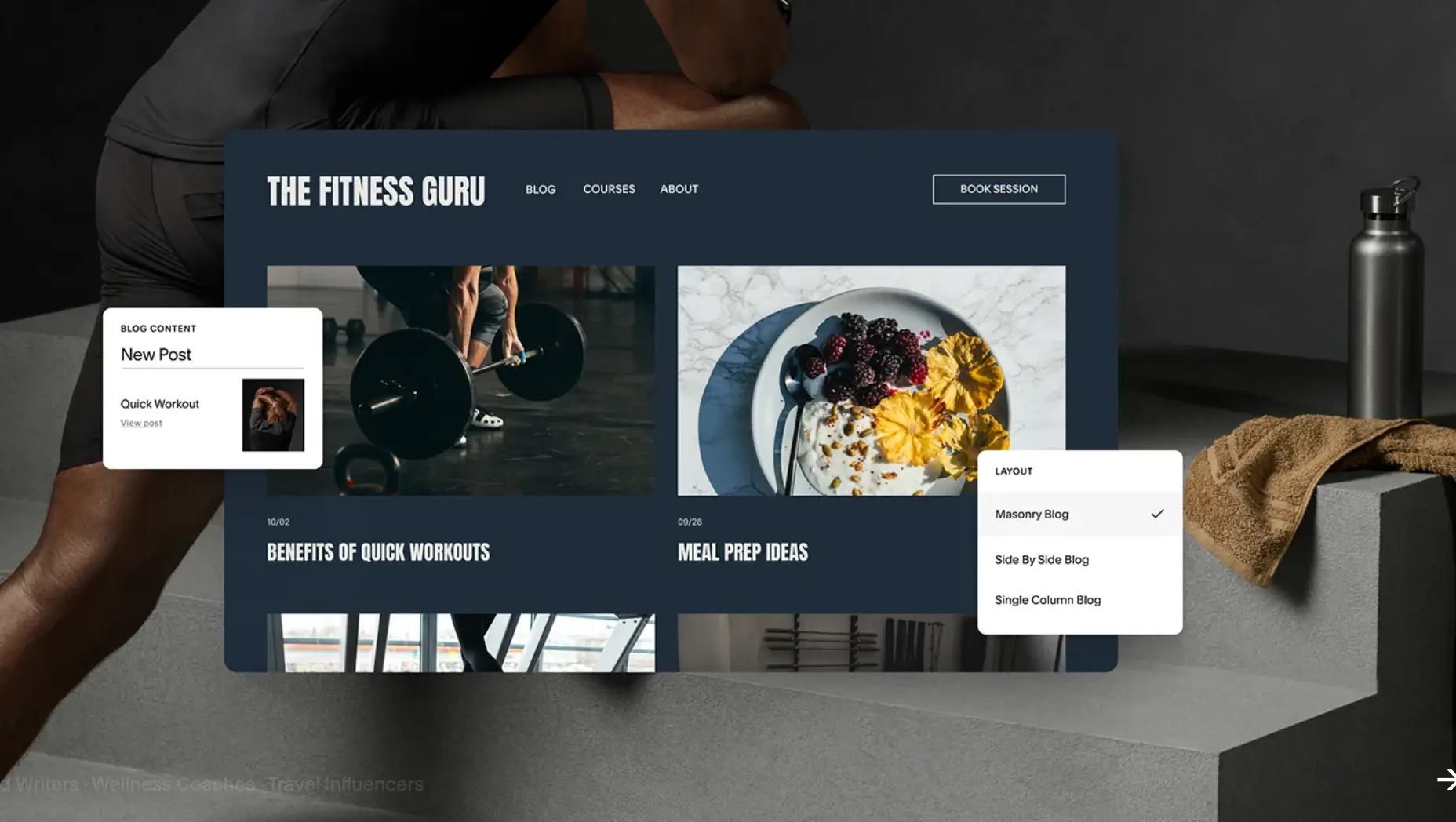Spotify vs. Apple Music: Which One Should You Have?
Updated on
Published on

Music streaming has evolved into a highly competitive industry in recent years, and two services stand out as the primary contenders in this global arena—Spotify and Apple Music. Each platform employs unique branding, pricing models, and in pursuit of a larger user base and deeper consumer loyalty. While Spotify leans on freemium accessibility and impactful social media campaigns, Apple Music integrates seamlessly with the Apple ecosystem and highlights high-fidelity sound options. Below is an in-depth look at Spotify vs Apple Music, examining how both platforms strive to remain on top in an ever-changing market shaped by user preferences for flexible plans, curated experiences, and innovative technology.
Spotify
Spotify started as a small Swedish startup in 2006 with the aim of tackling music piracy through a legal, user-friendly streaming service. Its early introduction of a freemium model—offering free, ad-supported streaming alongside paid premium tiers—played a pivotal role in attracting hundreds of millions of users across dozens of countries. Today, Spotify boasts over 500 million active listeners, including around 210 million Spotify Premium subscribers. This brand strategy positions Spotify not only as a music discovery tool but also as a worldwide social community, where users create and share playlists.
From the outset, Spotify focused on personalization through data-driven algorithms, presenting custom recommendations and daily mixes that quickly earn user loyalty. This aspect of brand identity—tailoring experiences based on individual tastes—has allowed Spotify to stand apart. Coupled with its visually dynamic yet simple interface, the platform has cultivated a reputation for being fun, approachable, and highly interactive. In many ways, Spotify’s brand persona is about turning music listening into a communal, shareable experience.

Apple
Launched in 2015, Apple Music may be younger than Spotify, but it emerged from the massive influence of Apple Inc. itself, leveraging an existing user base familiar with Apple devices and content services. Apple Music was designed to complement the Apple ecosystem: iPhones, iPads, Macs, HomePods, and more. This synergy appeals to fans who value convenience, sophisticated interfaces, and brand consistency. Apple Music marketing emphasizes curated playlists and high-quality sound, including lossless audio and spatial audio features—both considered signature offerings for Apple’s focus on premium user experiences.
Where Spotify invests heavily in a broad, open approach (including web and Android platforms), Apple Music orients itself around iOS users who enjoy the streamlined integration of “one brand, one ecosystem.” This sense of exclusivity, supported by Apple’s broader marketing, underscores Apple Music’s premium, polished image. The brand identity accentuates the refined side of music streaming, prioritizing clean design, curated experiences from industry experts, and seamless device synchronization

Marketing and Branding Approaches
Spotify: Community, Freemium, and Cultural Engagement
The heart of Spotify’s marketing approach lies in connecting to audiences on an emotional level. The brand invests in influencer endorsements—spotlighting popular artists on personalized playlists—and pushes interactive campaigns such as “Spotify Wrapped,” which shows users their annual listening stats. By turning stats into socially shareable stories, Spotify transcends typical ad campaigns, transforming user data into a personal moment of pride. Hashtags and memes around #SpotifyWrapped typically explode across social media every December, further amplifying the brand’s cultural imprint.
A huge differentiator is the freemium tier. Allowing millions worldwide to try the service at no upfront cost fosters a sense of accessibility, especially for younger demographics or price-sensitive listeners. Once users grow attached to custom playlists, social features, and offline listening potential, many upgrade to Spotify Premium for an ad-free experience, better audio, and multi-device convenience. This funnel approach forms the cornerstone of Spotify’s brand marketing success: offering value early with low barriers, then monetizing deeper engagement.
Spotify’s social media campaigns also revolve around authenticity and trendsetting. Collaborative playlists, user-generated content hashtags, and curated listening sessions with celebrities are examples. Everything from vibrant in-app visuals to “Made for You” suggestions encourages both individual self-expression and larger community involvement.
Apple Music: Ecosystem Integration and Quality Focus
Apple Music’s marketing stance capitalizes on Apple’s overarching brand prestige and user trust. Commercials often highlight a frictionless user experience—imagine seamlessly picking up a phone call while music auto-pauses, or listening to curated weekly picks from professional DJs. The brand narrative is about “elevated” music listening; Apple Music’s push into lossless audio and spatial audio underscores this mission.
A dedicated advantage arises from Apple’s ecosystem synergy: Apple Music is pre-installed on iPhones and iPads, so new device owners often default to exploring Apple Music over competitor apps. iCloud syncing and shared libraries make transitions from old iTunes libraries effortless, fostering brand loyalty. Occasional Apple Music exclusives—like album releases that debut on the platform—further differentiate the service. Though Apple doesn’t aggressively rely on celebrity endorsements like Spotify, it does sponsor select concerts and produce exclusive artist interview series. This strategy quietly builds Apple Music’s cultural capital, appealing to an audience that prizes Apple’s minimalist aesthetic and brand consistency.
Personalization
Spotify’s Focus on Personal Curation
Spotify’s marketing success stems heavily from how the app personalizes experiences. Algorithmic playlists—like Release Radar or “Your Daily Mix”—align with user listening habits, while the home screen surfaces relevant content from newly released songs to recommended podcasts. It’s not just about preference-based playlists; the entire interface feels curated for each individual. This data-driven design, harnessing advanced personalization algorithms, compels users to open the app daily, exploring new artists or returning to favorite tracks.

Apple Music’s Curated Simplicity
Apple Music organizes recommendations on the Music app home screen, with editorially curated playlists that reflect user preferences, marked by “favorites.” The brand relies on carefully selected mixes rather than purely algorithmic expansions. Apple Music also provides “Replay” personal charts each year, highlighting top-played songs to underscore user taste evolution. The simpler layout, combined with Apple’s minimalistic design language, appeals to fans who prefer a streamlined approach over Spotify’s heavier algorithmic suggestions.

Catalog and Audio Quality: Music vs. Podcasts vs. Extras
Music Libraries and Discoverability
Both Spotify and Apple Music boast massive catalogs of tens of millions of songs, covering mainstream hits, indie gems, and region-specific tunes. Observers often find them nearly on par in library size, though geographic licensing deals cause minor variations. Apple Music invests in curated playlists by genre experts, promising a “human touch” approach, while Spotify harnesses user data algorithms for advanced personalization and playlist crafting—like “Discover Weekly” or “Release Radar.”
Podcasts and Extra Audio Content
In recent years, Spotify’s exclusive podcasts (including collaborations with celebrities) have become a signature differentiator. By acquiring podcast networks like Gimlet Media, the platform merges music and podcast streaming under one roof, elevating the user retention rate. Apple Music doesn’t focus on podcasts within the same app, instead directing users to the separate Apple Podcasts platform. This separation may deter some from easy podcast switching, though Apple’s independent approach maintains clarity for pure music streaming in Apple Music.
Sound Quality and Niche Features
Apple Music’s emphasis on lossless audio and spatial audio appeals to audiophiles and users with higher-end listening setups. Spotify currently offers standard to high-quality streaming, although it teased a HiFi tier. Apple’s user base often views these advanced audio features as a symbol of Apple’s commitment to refined experiences, further reinforcing the brand’s specialized approach.
Pricing
Spotify’s Freemium Model and Tiered Plans
A key reason Spotify leads the market is the free, ad-supported tier. This barrier-free introduction hooks casual users who might otherwise avoid paid streaming. Over time, many upgrade to Premium at $10.99/month (individual), $16.99/month (family), or $14.99/month (duo) for an ad-free, offline-listening experience. Additional perks like Spotify student discounts sweeten the pot for younger demographics, making the cost an easy justification for daily music immersion.
While critics have questioned if the ad-based tier is financially sustainable for artists, the “try before you buy” approach undeniably shaped Spotify’s brand identity as open, social, and flexible. The company also introduces limited-time promos (like three months of Premium for $0.99) that encourage sign-ups and demonstrate how creative pricing can maintain brand momentum.

Apple Music’s Subscription Bundles
Apple Music, priced similarly at $10.99 for individuals and $16.99 for families, does not offer a free permanent tier. Despite lacking a zero-cost entry, Apple Music bundles seamlessly with other Apple services like TV+, Fitness+, and News+ under Apple One, justifying user loyalty by rolling multiple services into one subscription. This ecosystem synergy is Apple’s unique upsell: once immersed in Apple’s integrated environment, many users remain for the convenience, cross-device syncing, and consistent user interface.
For those wanting a no-commitment taste, Apple Music offers free trial periods. Some device purchases even include extended Apple Music trials, luring new customers. This approach still fosters brand loyalty, even without a permanent free option.

Social Media
Spotify vs Apple music in terms of their social influence. Spotify's marketing strategy is a masterclass in audience engagement, leveraging authenticity, trendsetting, native advertising, and community building to resonate globally. Rather than simply pushing advertisements, Spotify focuses on creating genuine connections through influencer endorsements, ensuring messages feel authentic and trustworthy. By setting trends with hashtags like #thatsongwhen and #SpotifyWrapped, Spotify's campaigns become cultural phenomena that encourage users to share personal stories, fostering a sense of community and making the campaigns irresistibly shareable. Native advertising, such as sponsored playlists and podcasts, seamlessly integrates into the user experience, adding value and encouraging engagement. Social media platforms like Snapchat and Instagram have been pivotal in connecting with young, music-loving audiences, creating a loyal and growing fan base. As social media evolves, Spotify remains at the forefront of marketing innovation, continually enhancing its strategies to maintain its strong global presence.

Apple Music adopts a streamlined approach to social media, focusing on platforms like Instagram and TikTok. Their content primarily features interviews with artists releasing new songs and behind-the-scenes footage from music videos. By effectively utilizing hashtags like #NewMusicDaily, Apple Music engages with users and fosters interaction around the latest music releases

Marketing and Branding Strategies That Keep Users Engaged
The rivalry of Spotify vs Apple Music is not only about music catalogs or pricing. Their marketing and branding approaches demonstrate different paths to keep audiences loyal and engaged:
- Cultural Relevance:
- Spotify invests in viral social media campaigns (like #SpotifyWrapped), plus influencer relationships that tie album releases to exclusive content or behind-the-scenes stories. This fosters a sense of community among younger, social media–savvy audiences.
- Apple Music focuses on curated editorial content and “clean, consistent, premium” brand identity, leaning on cross-promotions with Apple hardware for instant credibility.
- Holiday, Seasonal, and Event Marketing:
- Spotify’s marketing is vibrant; it might sponsor music festivals or collaborate with major events (e.g., pre-show exclusives).
- Apple Music aligns with Apple’s larger brand announcements, tying new iPhone or iPad releases to free trials or highlighting new audio features.
- Localizing Their Global Footprints:
- Spotify invests in popular regional music genres—like K-pop or local rap—to connect with markets around the world.
- Apple Music similarly spotlights local artists through specific playlist series or Apple Music radio stations.
- Sponsorships and Product Integrations:
- Spotify partners with social platforms and streaming services to embed shareable track links or direct messaging functionalities, making music a part of daily digital routines.
- Apple Music thrives on integrating with Apple devices, ensuring every iPhone or Mac user has a straightforward path to the service.
- Consistent Rebranding vs. Timeless Identity:
- Spotify frequently rolls out fresh advertising visuals and social angles, maintaining a dynamic, youth-friendly approach.
- Apple Music rarely changes aesthetic fundamentals, aligning with Apple’s overarching minimalism and continuity across products.
The rivalry between Apple Music and Spotify showcases how brands can achieve success through innovative and strategic branding. While Spotify has dominated the market with its freemium model, highly personalized user experience, and engaging social media strategies, Apple Music has carved out its own niche with a focus on quality, exclusive content, and a straightforward social media presence. Both platforms exemplify that great branding is about more than just visuals; it’s about creating meaningful connections with users and consistently delivering value. Whether through Spotify’s trendsetting campaigns and diverse pricing plans or Apple Music’s curated content and integrated services, these streaming giants continue to set new standards in the industry, proving that a well-executed marketing strategy is key to maintaining a competitive edge.
Unpacking the Showdown for Music Streaming Supremacy
Ultimately, the competition between Spotify and Apple Music is about more than playlist libraries or monthly subscription fees. It boils down to brand philosophies, user experience, and marketing innovation. Spotify leverages a fun, open, and algorithm-forward approach, blending free access with robust personalization and social sharing. Apple Music connects seamlessly to Apple’s suite of devices, pairing curated playlists and high-fidelity audio with a polished brand aesthetic.
Both platforms offer unique advantages:
- Spotify stands out for its freemium entry point, viral social media campaigns like #SpotifyWrapped, and personalized discovery features that keep users coming back daily.
- Apple Music wins over fans through its ecosystem integration, sophisticated curation, support for lossless/spatial audio, and synergy with Apple’s hardware announcements.
For music lovers, the choice may hinge on personal preference—whether they value open, social experiences or a sleek environment consistent with Apple’s brand. For marketers, these two giants provide valuable lessons on how cohesive brand identities, targeted promotions, and nimble expansions can sustain a product even in a crowded market. While the streaming war rages on, the victor might well be the consumer, enjoying continuous improvements in user experience, audio quality, and curated content that have become integral to modern music listening.







